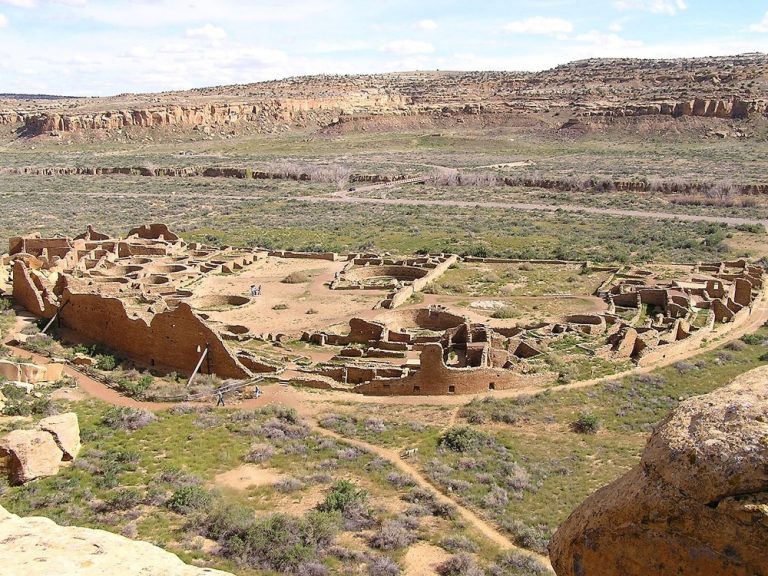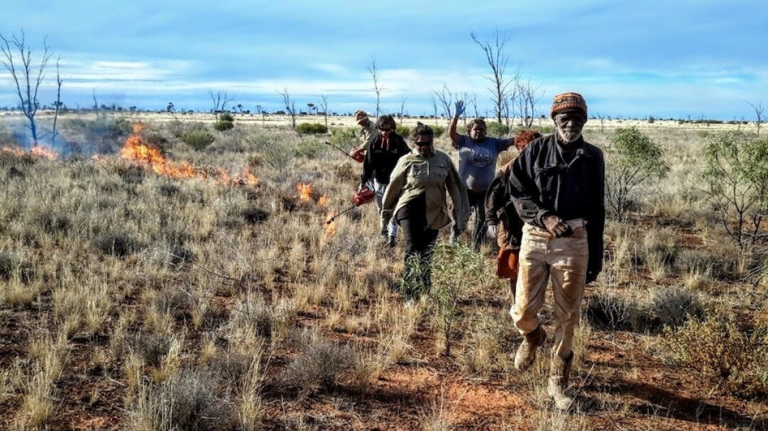To provide observations and information on the emerging fields of landscape scale conservation, heritage preservation, and sustainable community development.
Newsletter
Stay up-to-date with the latest nature, culture and community news.
We won’t spam you or share your information. Newsletters are sent approximately 10 times a year. Unsubscribe at any time.

While We Were Not Watching, Part II
Across the world, daily life has been completely upended. Millions and millions of individuals are living under quarantine, limiting social interaction whenever possible. Unemployment has

The Impact of the Pandemic on Agricultural Landscapes
Everyone agrees that world will look very different after the current crisis. One change that should have been foreseen, but was not widely predicted was the impact on agriculture. The underlying structural problems facing the farming community worldwide were well known, but under appreciated.
Threats such as an aging farmer population, critical labor shortages, global market forces, urbanization, and a changing climate have made this sector vulnerable.

WORLD RURAL LANDSCAPES PRINCIPLES: Sustainably manage rural landscapes and their heritage values
There is a need to mange landscapes and their heritage values sustainably. In Australia this has usually referred to private lands and one of the driving forces in this management has been through Landcare for the last 30 years. Around 10% of Australia’s population lives in rural or remote areas. These comparatively small communities – largely farmers and Indigenous land managers – currently steward most of the country.

Dramatic Changes Could be Coming to NEPA
In January 2020, the Trump administration proposed dramatic changes to the implementation of the National Environmental Policy Act (NEPA), a landmark law for both natural and cultural resource protection. In order to better understand the potential implications of these actions, we interviewed Dr. Tom King, a preservation professional, who has worked with NEPA and the National Historic Preservation Act (NHPA) since before they were enacted in the 1960s.

While we were not watching…
Understandably attention has been riveted on the spread of the Corona virus. And as is often the case, the controversy over the current administration’s management of visitation to the United States’ National Parks has taken center stage. However, while these decisions have conservation downsides, there are much bigger ongoing efforts to dismantle a host of well-established conservation programs that are still moving forward.

While We Were Not Watching, Part II
Across the world, daily life has been completely upended. Millions and millions of individuals are living under quarantine, limiting social interaction whenever possible. Unemployment has

The Impact of the Pandemic on Agricultural Landscapes
Everyone agrees that world will look very different after the current crisis. One change that should have been foreseen, but was not widely predicted was the impact on agriculture. The underlying structural problems facing the farming community worldwide were well known, but under appreciated.
Threats such as an aging farmer population, critical labor shortages, global market forces, urbanization, and a changing climate have made this sector vulnerable.

WORLD RURAL LANDSCAPES PRINCIPLES: Sustainably manage rural landscapes and their heritage values
There is a need to mange landscapes and their heritage values sustainably. In Australia this has usually referred to private lands and one of the driving forces in this management has been through Landcare for the last 30 years. Around 10% of Australia’s population lives in rural or remote areas. These comparatively small communities – largely farmers and Indigenous land managers – currently steward most of the country.

Dramatic Changes Could be Coming to NEPA
In January 2020, the Trump administration proposed dramatic changes to the implementation of the National Environmental Policy Act (NEPA), a landmark law for both natural and cultural resource protection. In order to better understand the potential implications of these actions, we interviewed Dr. Tom King, a preservation professional, who has worked with NEPA and the National Historic Preservation Act (NHPA) since before they were enacted in the 1960s.

While we were not watching…
Understandably attention has been riveted on the spread of the Corona virus. And as is often the case, the controversy over the current administration’s management of visitation to the United States’ National Parks has taken center stage. However, while these decisions have conservation downsides, there are much bigger ongoing efforts to dismantle a host of well-established conservation programs that are still moving forward.


